Weird "Natural Glucose Calmer" Quickly Lowers Blood Sugar For Type 2 Diabetes?*
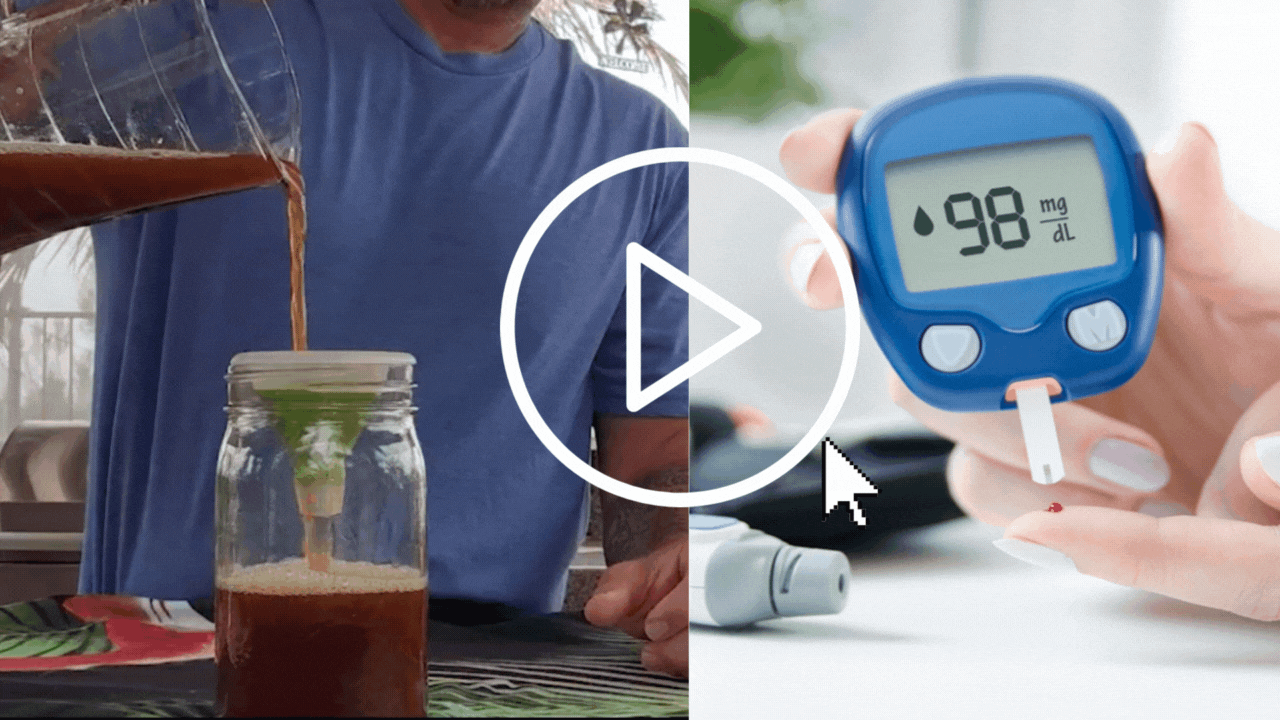
Struggling with type 2 diabetes and tired of relying on meds or other expensive/painful methods? If only there's a completely natural way to effectively lower blood sugar so that we can finally enjoy all our favorite food like pizza, pasta, ice cream,... without worrying too much...
Good news, scientists have recently discovered a certain hormone called the "natural glucose calmer". It is very similar to insulin, but instead of being extracted from dog livers and animals, this natural hormone can be extracted from nearly every plant on earth!**
Just by following a 7 second ritual before bed, over 40,000 people have managed to take full advantage of this odd plant-based hormone and lower their blood sugar levels completely naturally and pain-free!*
Tip 2: Eat More Barley
In your effort to eat more quinoa, you might have forgotten about an oldie-but-goodie carb: barley. This whole grain is packed with fiber that tamps down your appetite and can help decrease blood sugar**, according to a Swedish study published in the journal Cell Metabolism**.
Why? Gut bacteria interacts with barley, which may in turn help your body metabolize glucose (sugar). Besides, 1 cup of cooked barley contains 6 grams of fiber, which could help to mute blood sugar spikes. Don't be afraid to toss it in soups, on a roasted veggie salad, or have it as a side to fish or chicken.
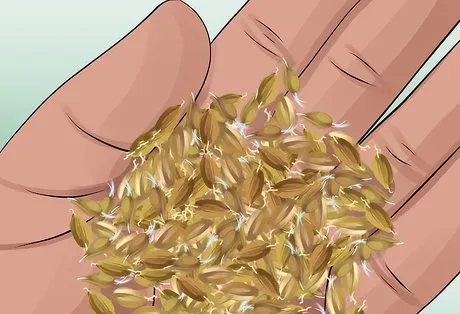
Tip 3: Bump Up Exercise Intensity
Exercise is a great way to boost your body's ability to manage blood sugar, but making sure it's a heart-pumping workout will help even more. Performing brief spurts of high-intensity exercise (like sprinting on the treadmill for 30 seconds, then walking or slowly jogging until you recover) improved blood glucose levels in diabetics and healthy people for one to three days, per a 2013 review of research**.
Muscles soak up glucose during exercise to burn for energy, and the higher-intensity movements may aid this process even more.
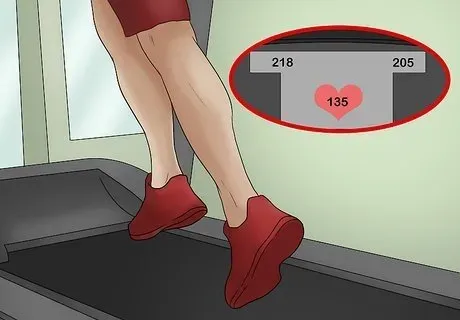
Tip 4: Combine Macronutrients
Carbs plus protein or fat is a super combo when it comes to controlling blood sugar. The protein or fat you eat slows down digestion, thus buffering a blood sugar spike. "For some people, a sharp rise in blood glucose after eating carbohydrates alone could be followed by a drop in blood glucose, which may cause them to feel hungry," explains says Judith Wylie-Rosett, Ed.D., R.D., professor of health promotion and nutrition research at Albert Einstein College of Medicine.
That's the exact opposite of what you want to happen after you've eaten a meal. Next time you're grabbing some fruit (carb), pair it with a hard-boiled egg (protein). Or try beans (carb) with chicken (protein) and/or a slice of avocado (fat).
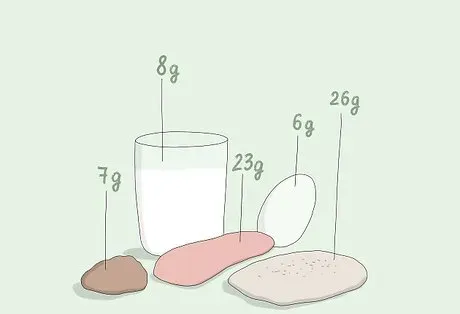
Tip 5: Go for Whole Fruit over Juice
A glass of orange juice is not the same as eating a whole orange. "People generally drink more juice and therefore consume more calories and sugar than they would by just eating fruit," says Wylie-Rosett. Plus, you get more fiber from the whole fruit. For instance, there's about 4 grams in a large orange, compared to less than 1 gram in 8 ounces of juice.
A small amount of juice is OK, but it shouldn't be your go-to beverage, she says. When you do drink it, make sure you're serving it up in an actual juice glass (which might hold 4 ounces, for example) rather than a large cup.
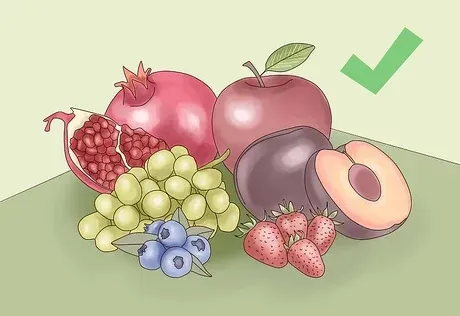
***References
Healthy behavior change and cardiovascular outcomes in newly diagnosed type 2 diabetic patients: a cohort analysis of the ADDITION-Cambridge study
Reversing Type 2 Diabetes and ongoing remission
Role of chromium supplementation in Indians with type 2 diabetes mellitus
Understanding the root causes of diabetes to develop effective therapies
Elevated intakes of supplemental chromium improve glucose and insulin variables in individuals with type 2 diabetesLim EL (2011). Reversal Of Type 2 Diabetes: Normalisation Of Beta Cell Function In Association With Decreased Pancreas And Liver Triacylglycerol. Journal Of Diabetologia. 54(10):2506-14. https://www.ncbi.nlm.nih.gov/pmc/articles/PMC3168743/
R. Taylor (2008). Pathogenesis Of Type 2 Diabetes: Tracing the Reverse Route From Cure To Cause. Journal Of Diabetologia. (10):1781-9. https://link.springer.com/article/10.1007%2Fs00125-008-1116-7
* Results are not typical and may vary from person to person
Copyright 2024. All rights reserved.
This site is not a part of Google, Inc. or Google.com, nor is it sponsored or endorsed by Google. YouTube is a trademark of Google, Inc.
Disclaimer: This site is provided for educational purposes only
.Please consult a health professional before implementing any strategy discussed on this website.
